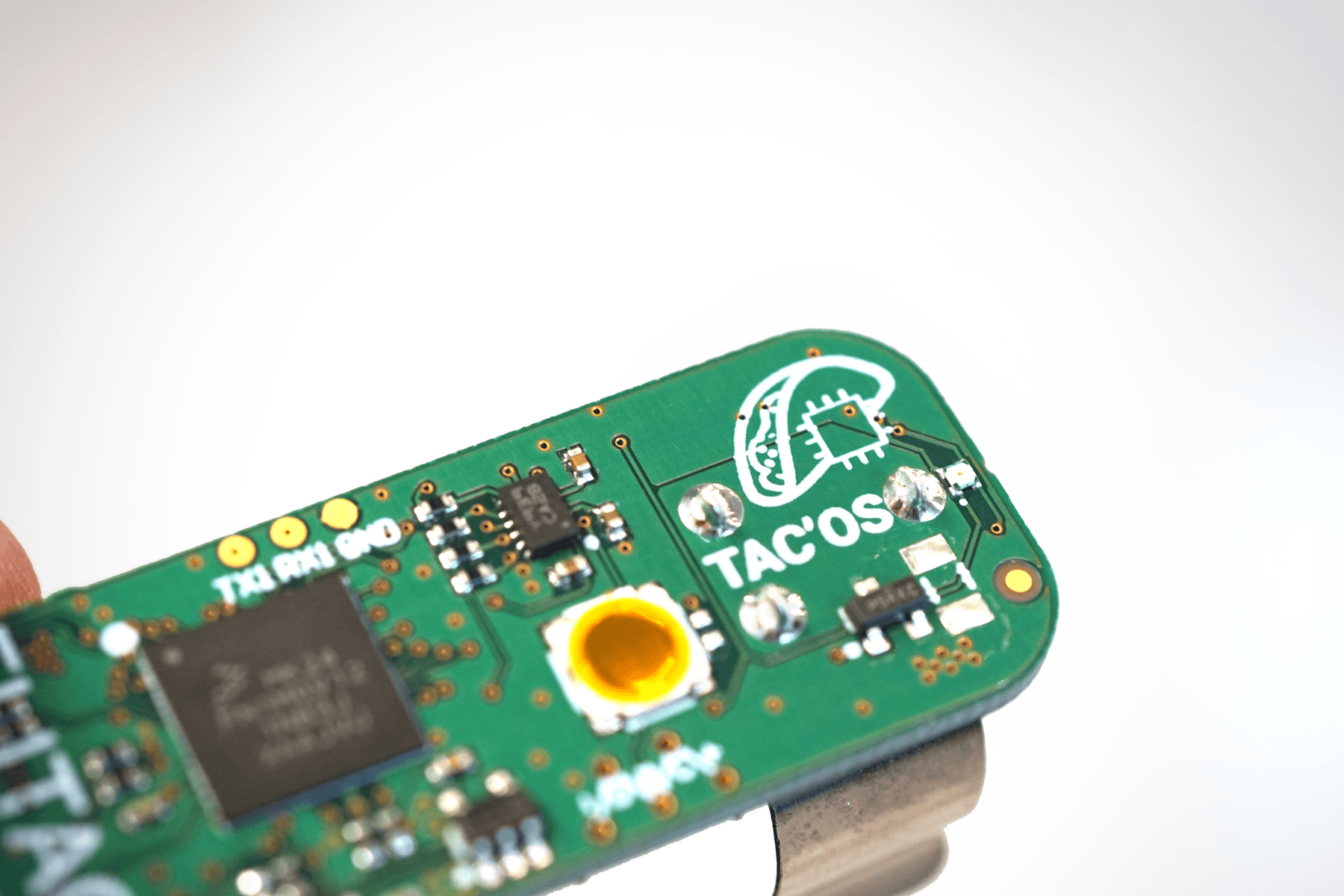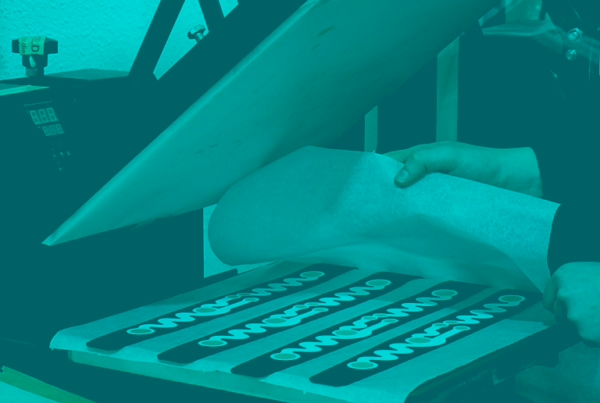This month we’re turning 10! To acknowledge a decade of improving lives through meaningful wearables, let us tell you our story. Take our hand and journey back in time with us.
It all started back in 2012. Shortly after the record of the highest skydive was broken. Two haptic feedback enthusiasts took a leap of faith that felt almost as large as jumping from the stratosphere.
An attic in Haarlem
Wouter Vos, our senior researcher, was fascinated by haptic feedback and the idea of giving users experiences through tactile feedback (vibrations) while working at TNO (Netherlands Organisation for Applied Scientific Research).
The promising results of this technology motivated him to found a new innovative business. Wouter teamed up with Marc Grootjen, who was launching his own software company, EagleScience. Both businesses then started in Marc’s tight attic in Haarlem.

In 2012, Elitac Wearables was officially founded under the tagline ‘Information You Can Feel,’ thanks to the company WeBoost, which helped boost Marc and Wouter’s ideas.
After relocating to a larger space in Amsterdam, we hired our first hardware and software employee. This helped us bring our first product on the market: the ScienceSuit.

Navigation for the Dutch Ministry of Defence
With our Mission Navigation Belt, which helps soldiers navigate across any terrain through haptic feedback navigation cues, we won the 2014 Defence Innovation Competition. This achievement encouraged us to grow.
Testing the belt was great, and let us tell you that the best tests were those at night because we got to play hide-and-seek together, although we would never be able to find the soldiers (they were far too good).
Big transformations
Hiring people is always a major thing when you have seen your company grow from zero. In late 2015, we expanded our disciplines by recruiting our very first designer to integrate hardware & software design into textiles.
But our major game-changer came in 2016 when we opted for more powerful hardware, or microcontrollers (compact integrated circuits). This enabled us to create TacOS, our own operating system. The Tactile Operating System, not the delicious Mexican food – still we couldn’t resist including an actual taco in the logo –.
As our projects were getting bigger and our office smaller, we spread our wings and moved to an office in Utrecht. A stunning brick building that had burned down a few years earlier. After long days of tough renovations, the building transformed from a former police station to a wearable workspace.

Life-changing projects
In 2017, we experimented with the idea of guiding car drivers through haptic feedback by installing vibration motors to the driver’s seat and connecting it to a navigation system providing turn-by-turn navigation.
We conducted many tests together with the Dutch Police, Firefighters, and Ambulance Teams. This project marked the beginning of our new business, Sentaz. Another effort to make lives better.
At the same time, we began working on the BalanceBelt, a project that would change the course of Elitac Wearables for good. A device to help patients with severe balance disorders regain their balance and independence created by Prof. Dr. Herman Kingma.
The belt was already on the market, but it was bulky, expensive, and heavy. Elitac Wearables was asked to enhance and distribute the product. And we did so!
Taking a giant leap forward
And it was in 2018 that Merijn’s (now our CEO and co-founder) great plan was realised when we caught the attention of Teijin Aramid. They saw our potential and invested in us. From there, everything accelerated.
Thanks to this, we moved to our current location to expand the business and increase production. The same office where we get together in our Wearables Lab to brainstorm, or in our bright kitchen to share a laugh (and some cake now and then).

And now, ten years later, we look back on how we began, in a small attic in Haarlem with a team of two, and how we are still growing and pursuing our goal of becoming the expert in smart textiles and wearables and improve the daily lives of at least one million people by 2035.
By: Bram Bicknese
9 November 2022





